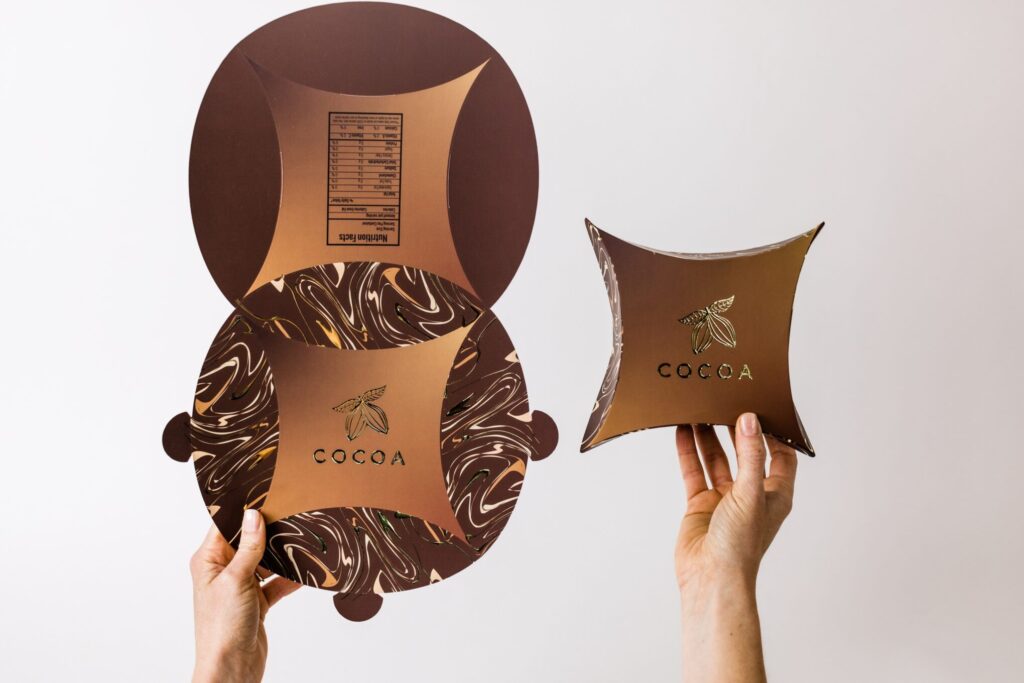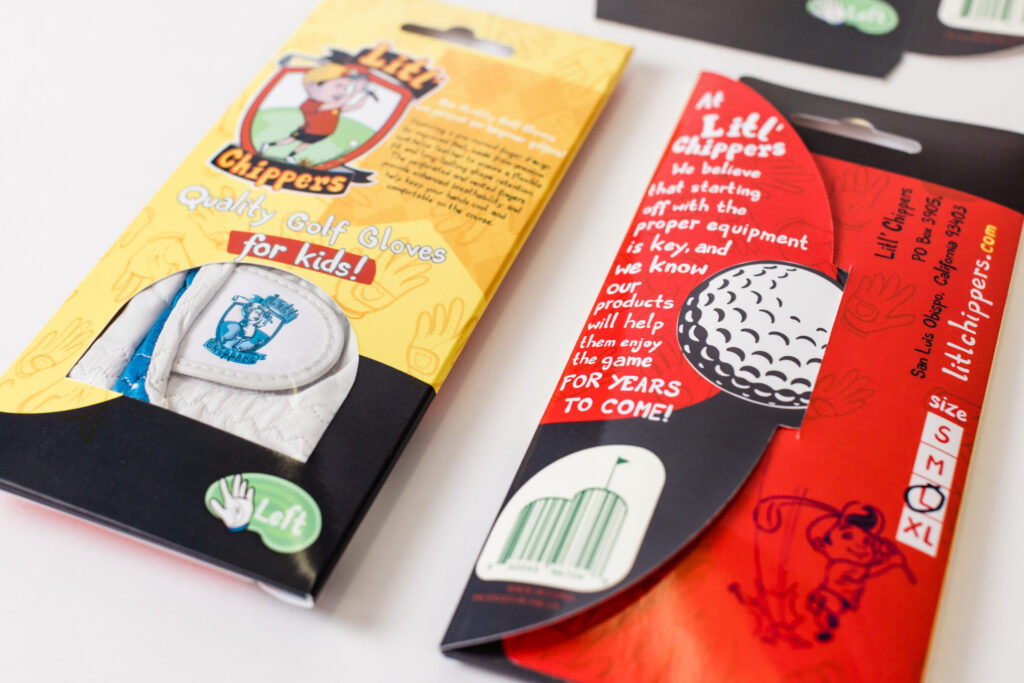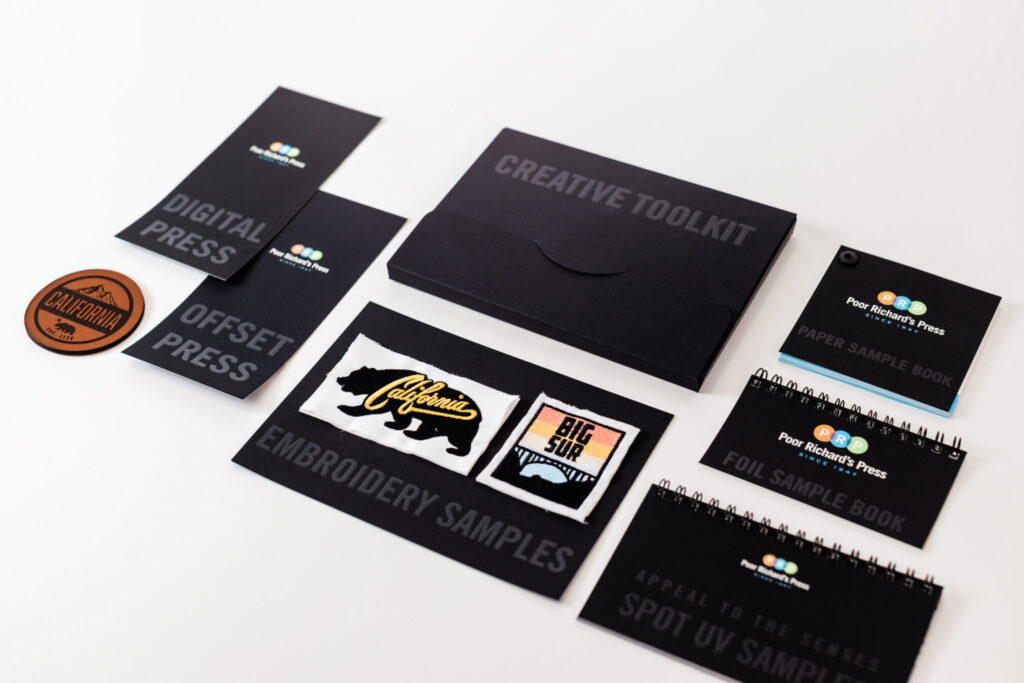In the printing industry, choosing the right materials for packaging is crucial to ensure the durability, appearance, and functionality of the final product. When it comes to small, light-weight packaging, two common options are cover stock paper and pt. weight board. While both materials serve specific purposes, understanding their differences can help you make informed decisions that align with your packaging requirements. In this blog post, we will delve into the disparities between cover stock paper and pt. weight board, focusing on their suitability for small, light-weight packaging.

1. cover stock paper
Cover stock paper, also known as card stock, is a thick and sturdy paper that offers durability and rigidity. It is available in a range of weights, typically measured in pounds (lb) or grams per square meter (gsm). The higher the weight, the thicker and more substantial the paper. Cover stock paper is commonly used for covers, postcards, invitations, and other applications where a firm and reliable surface is essential.

Advantages of Cover Stock Paper:
- Strength and Durability: Cover stock paper provides excellent strength, especially for smaller sized packaging. This makes it suitable for packaging applications that require protection and resilience.
- Printability: This paper type offers a smooth and consistent surface, allowing for high-quality printing results and vibrant colors.
- Customization: Cover stock paper can be easily customized with various finishes, coatings, and embossing, enabling you to achieve a unique and professional look for your packaging.
2. Pt. weight board
Pt. weight board, short for point weight board, is a thick and rigid material specifically designed for packaging purposes. It is measured in points (pt), with each point equivalent to 0.001 inch in thickness. Pt. weight board is commonly used for packaging boxes, displays, and other applications that require sturdiness and structural integrity.

Advantages of Pt. Weight Board:
- Structural Integrity: Pt. weight board offers exceptional rigidity and stability, ensuring that your small, light-weight packaging retains its shape during transit and handling.
- Versatility: This material can be easily die-cut, folded, and assembled into various packaging structures, providing flexibility in design and functionality.
- Protection: Pt. weight board provides an added layer of protection to the contents of the package, safeguarding them against external factors such as impact, moisture, and light.
choosing the right material

Selecting between cover stock paper and pt. weight board for small, light-weight packaging largely depends on your specific needs and objectives. Consider the following factors:
- Weight and Size: Determine the weight and dimensions of your product to ensure that the chosen material can adequately support and protect it.
- Printing Requirements: If your packaging design involves intricate graphics or high-quality prints, cover stock paper may be a suitable choice due to its excellent printability.
- Structural Requirements: If your packaging design requires complex folds or intricate die-cut shapes, pt. weight board’s superior rigidity and versatility make it a favorable option.
in conclusion

When it comes to small, light-weight packaging, the choice between cover stock paper and pt. weight board can significantly impact the overall quality and functionality of your packaging. Consider the specific requirements of your product, such as weight, size, printing needs, and structural demands, to determine the most suitable material. Whether you opt for the strength and printability of cover stock paper or the structural integrity and versatility of pt. weight board, both options offer valuable characteristics that can elevate your packaging and leave a lasting impression on your customers.
Remember to consult with your printing and packaging professionals, like Poor Richard’s Press, to ensure that you make an informed decision and receive expert guidance tailored to your specific needs.
